
Can you see the dichotomy between tradition and punk rock? Can you sense the metal nature of where we have landed? This is one of the hearts of Amish country, and I can feel the rebellion against conformity in much the same way I did when thrashing on the dance floor of a punk gig where, while slamming, we were tossing off the chains of expectation. Yeah, that’s what’s going on here; it’s in the air. When everyone else is cut from the same fabric of banality, those who are different become the leading edge of revolution.
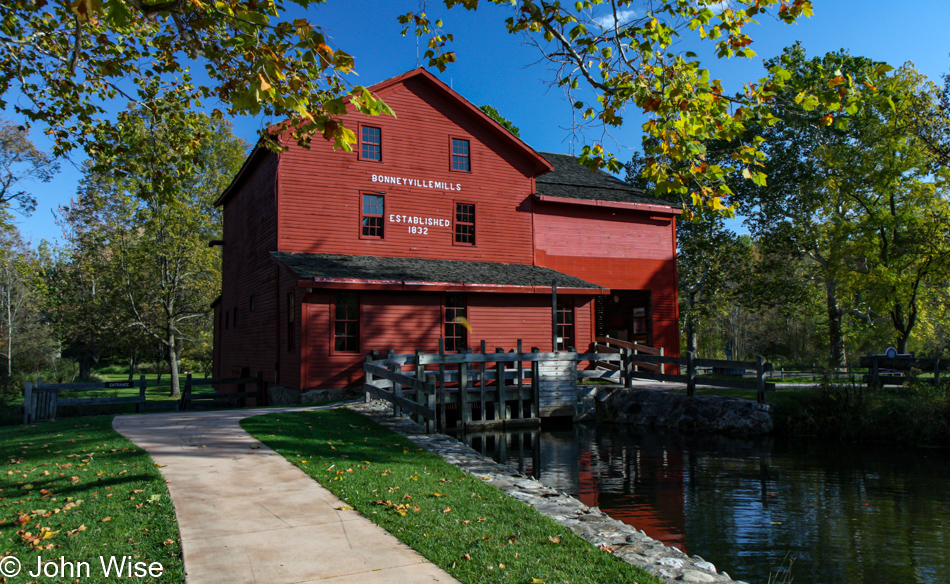
When I was younger, I thought history was for a boring class of traditionalists stuck in a past in which stagnation was the signature of their intellectual malignancy, tilting into obedient stupidity. It turns out that moving with the times in America means following a pop culture where dictatorial programming pushes the chattel of humanity into consumption at the expense of self-discovery. Negating the toxic move away from traditional things like love, independence, and community, there are still pockets of Americans who understand the value of a lifestyle that doesn’t have to be a reflexive exercise in blind capitalism. So, does this place of tranquility and tradition now represent an ethos that better aligns with my lingering teenage idea of escaping society’s grotesque stupidity? Possibly.

Who knew that mid-70s angry John would slide into flower-loving, leaf-peeping, soft, and fuzzy John who finds greater value in nature and people who maintain traditions against the machine of disposable intelligence?
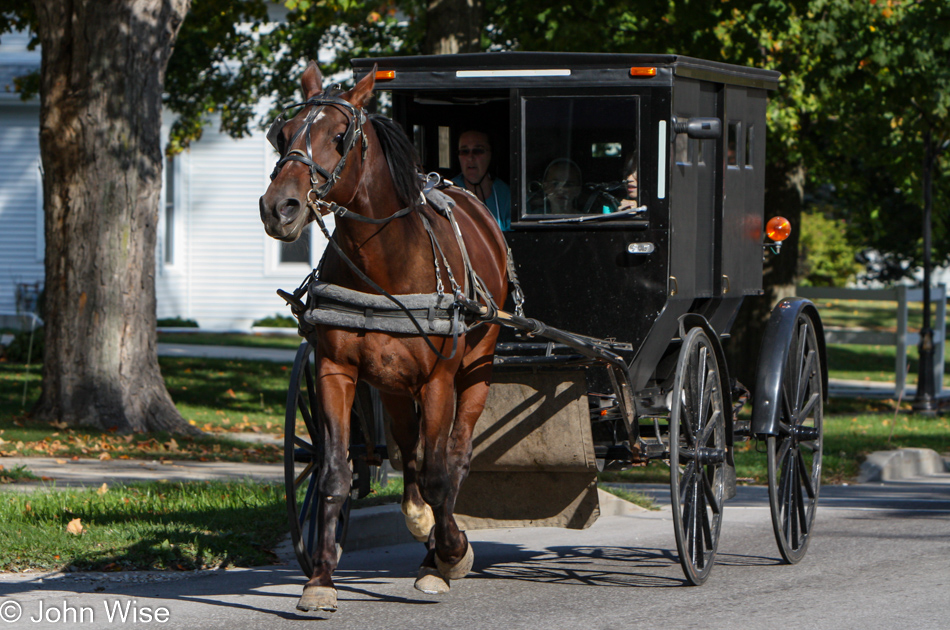
Elkhart, Indiana, and its surrounding communities are home to many an Amish family. Traditions are alive and well amongst these rural farmers and woodworkers who appear to have little in common with their modern neighbors. The Amish have no automobiles, do not use electricity in their homes, and apparently have no need for cell phones. What they do have is an independence few Americans can understand. Amish grow their own food on land they own, clear of a mortgage that has been plowed by hand with the help of what animals they own. They sell food and handmade furniture in nearby communities, which gives them the cash to purchase particular basics and the fabrics used to make their own clothes if they don’t weave them themselves.

There are no electricity, cable, gas, or credit card bills cluttering their mailboxes. Their vehicles are simple but distinctive black wooden affairs drawn by horses, or they ride a bicycle. Life for the Amish is much the way life has been during the previous centuries since America’s inception, except for the tourists driving through in their cars, gawking, and taking photos as though the Amish were a curiosity in the zoo. Throughout this burgeoning cultural hegemon trying to engulf them, they’ve never capitulated, and to me, that’s a toughness of resolve I can admire.
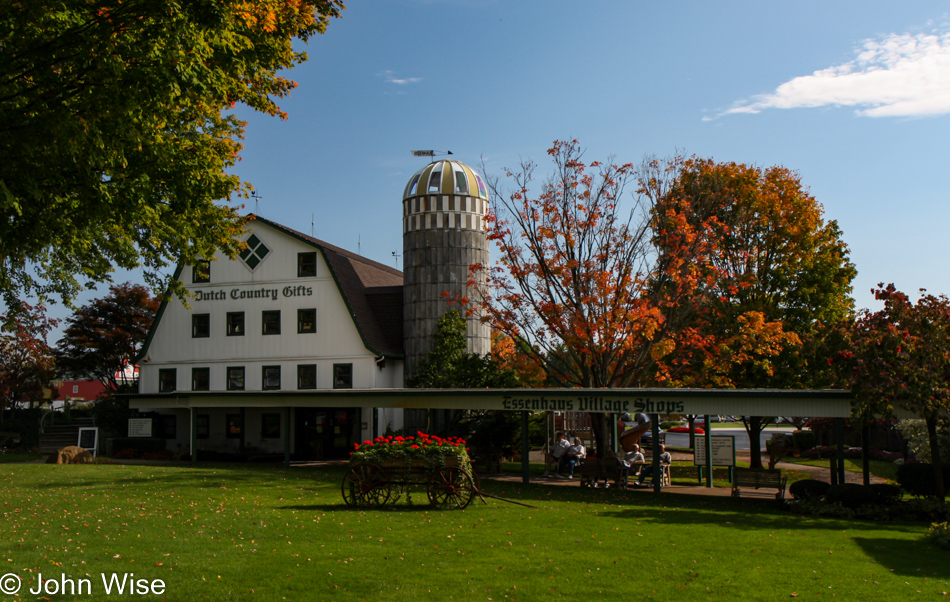
Now, back up, John, this isn’t a trip of socio-political observations; you are here to admire the beauty of the countryside, so get back to that. Quilts and family-style binge dining must be part of this day, and dropping in on an Amish gift shop would have been a wish by the wife; food will be my wish.
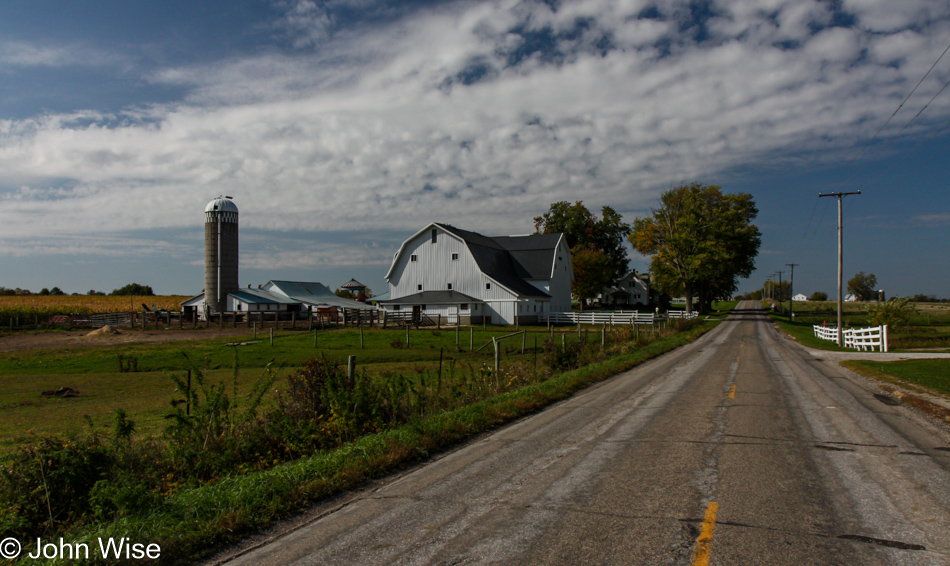
I should point out that I’m fully incompatible with the lifestyle experienced here and at other Amish locations across this area of America as I do not possess the requisite religious beliefs that would allow my integration within this community, but that doesn’t mean I can’t respect the efforts it must take to buttress the encroachment of modernity. Idealistically, I look upon this scene and wish to find my way in, but the die that’s been cast, which paints me as a cynical hedonist, is far too long-established to break out of my trajectory.
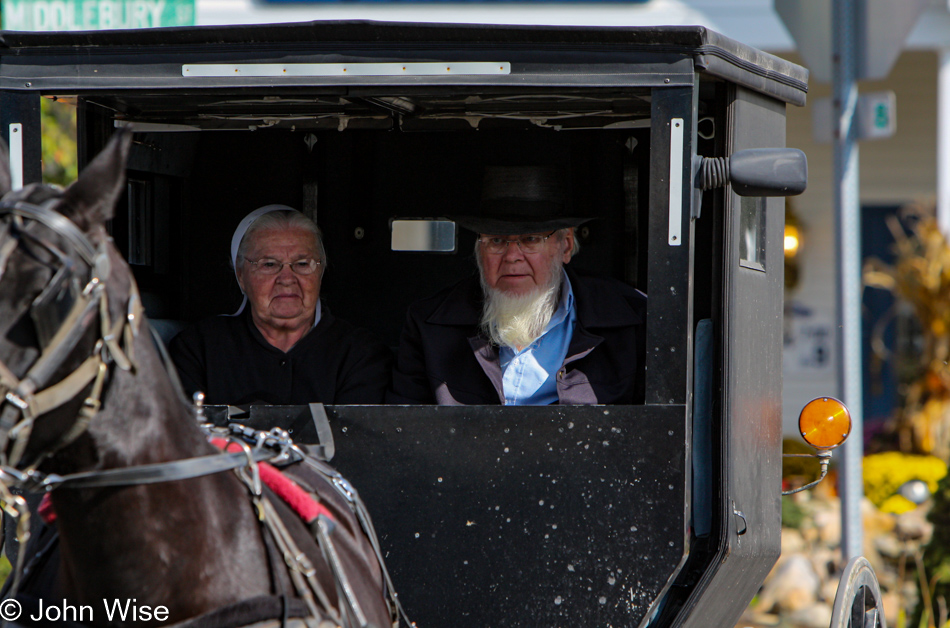
I suppose this husband and wife then are quite similar to me and my wife: we go about our routine that’s been normalized for our circumstances. They may be in a good or a bad relationship, just like any other number of couples, but I don’t think that a situation that requires them to dress to community conformity and saddle up their horses is really any different than us meeting the clothing expectations of a corporate entity and our stopping at the gas station to fuel up to ensure we arrive at work on time.
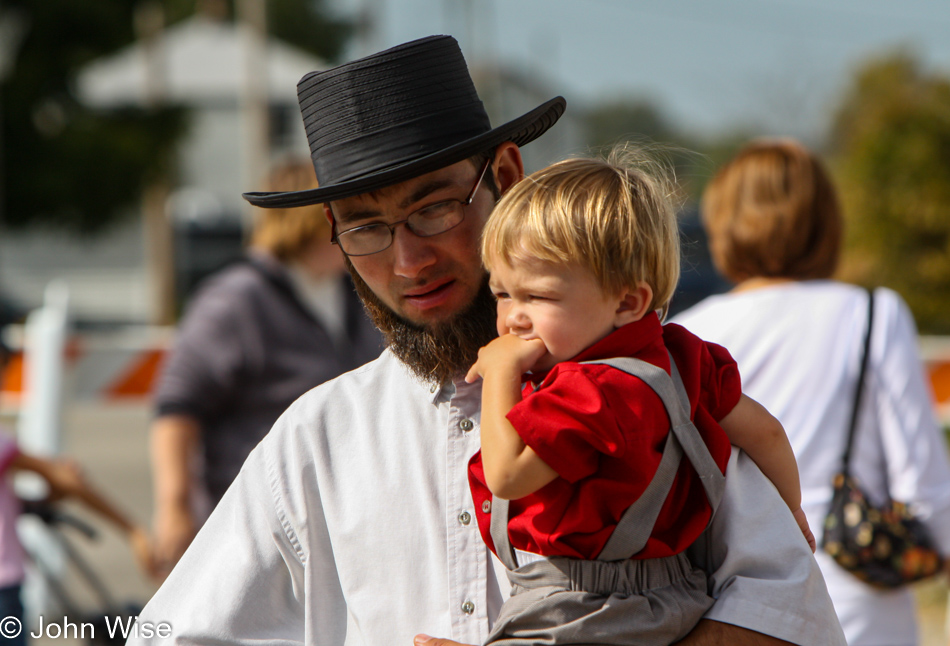
One might argue that these religious communities are indoctrinating each successive generation, but then I’d ask, how is this different than my upbringing in Los Angeles watching the Munsters, eating Lucky Charms because the ad was exciting, and wanting to be the next Joe Namath because others around me were elevating this American football hero onto a pedestal? When it comes right down to it, does anyone in our society live outside the norm of their narrow socio-economic order? We can ask ourselves, does this man love his son and want what’s best for him, or has he relegated that role to electronic devices that influence his child more than a paternal relationship ever will?
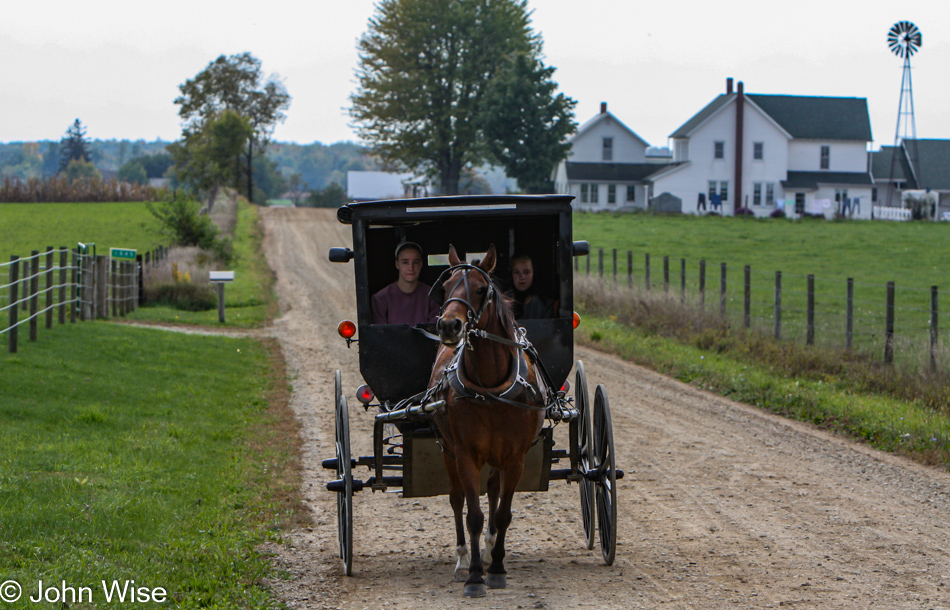
The Amish don’t require state-sanctioned approval to operate these buggies. There are no federal mandates regarding safety features, fuel economy, or even how old you have to be to operate one. Children as young as eight years old are allowed to drive a buggy, which sure does offer them an interesting level of autonomy to visit friends on adjacent farms or run an errand. I don’t mean to imply that somehow life is ideal out here or that the Amish have found a kind of super-enlightenment; I think I’m trying to reconcile my own bias as to what it means to be free.
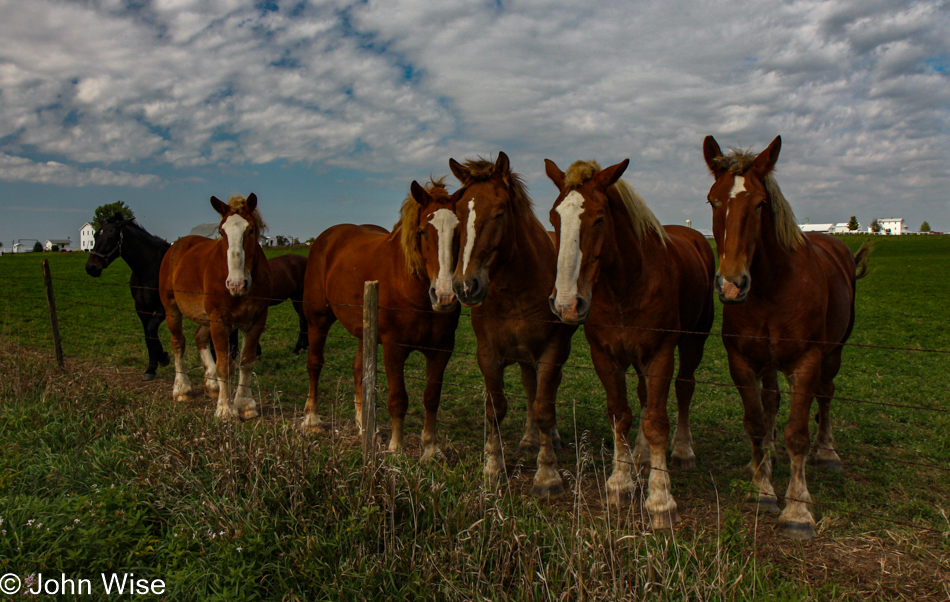
Even the horses of the Amish are nice and polite compared to many of the skittish horses we encounter in other corners of the states. Has anyone ever noticed that there don’t seem to be any dogs on Amish farms?
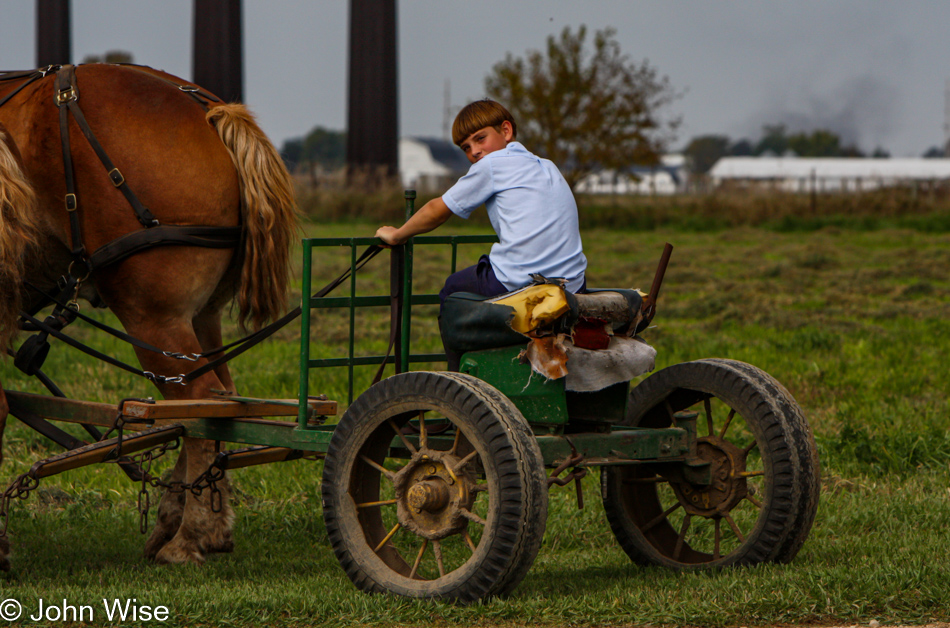
I wish that this had been my go-kart when I was a kid.
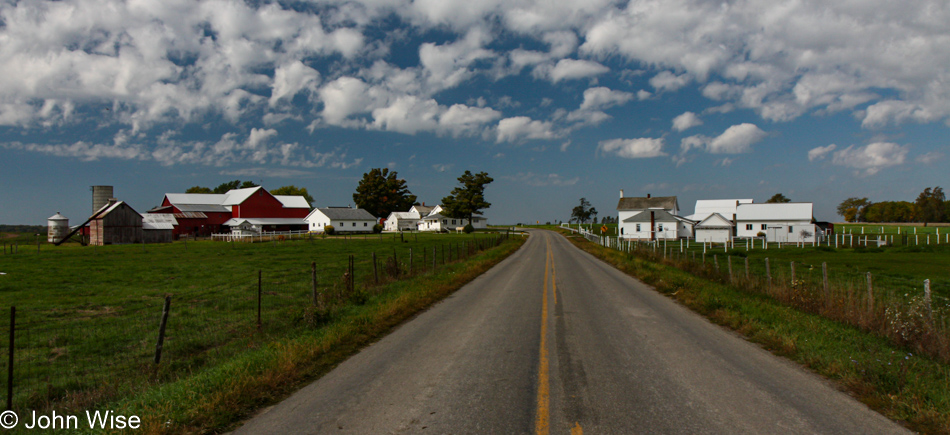
I really don’t have anything to add to this photo other than I liked it enough to want to include it.
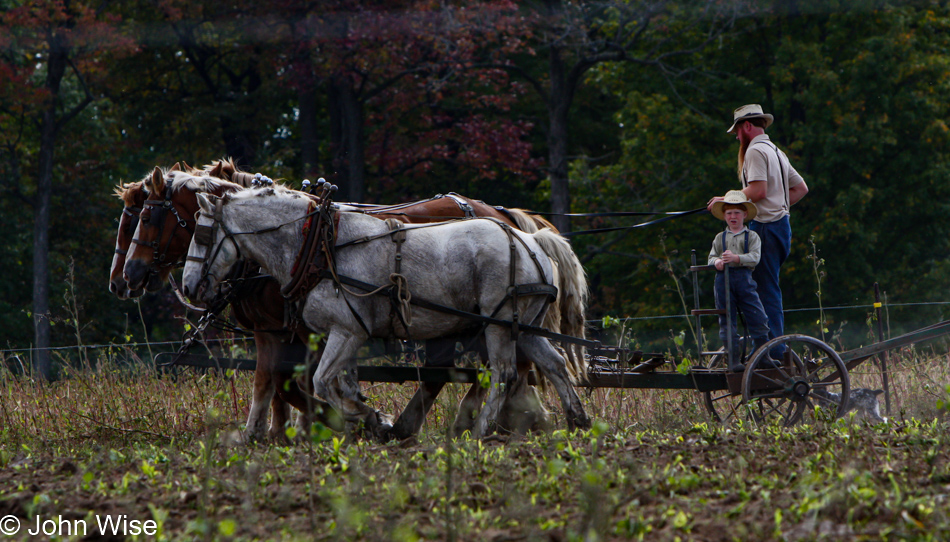
I thought we’d be ignored while we were touristing our way through these Amish lands as I was certain that farmers and inhabitants were stared at all the time, but time and again, people were staring back, likely curious why anyone else would want to point their cameras at people who were just going about their lives.

I’ve tried figuring out if these are Amish or Mennonite girls but have come up blank unless gangland dress in the Elkhart area has taken a turn towards wholesomeness.
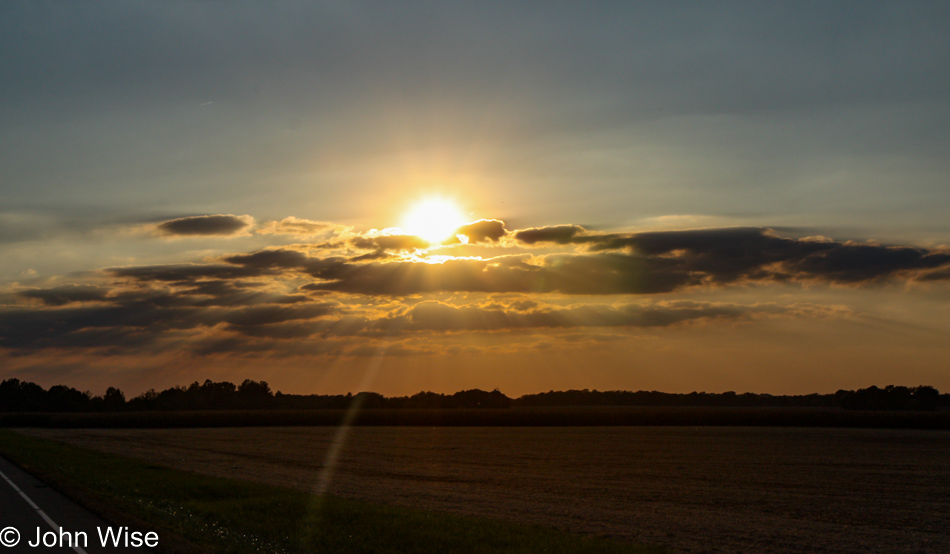
From the north-central part of Indiana, we took off for the western edge of the state adjacent to Indianapolis for a night in Rockville, which appeared centrally located to a bunch of covered bridges, but somehow, we ended up arriving during Indiana’s largest annual festival that is centered right here in Rockville, and maybe you’ve guessed that it’s the Parke County Covered Bridge Festival focused on the area’s 31 historic bridges. With everything booked, we went on a frantic search for any available room, which proved pricey when we finally found a place in Crawfordsville, nearly 30 miles away.